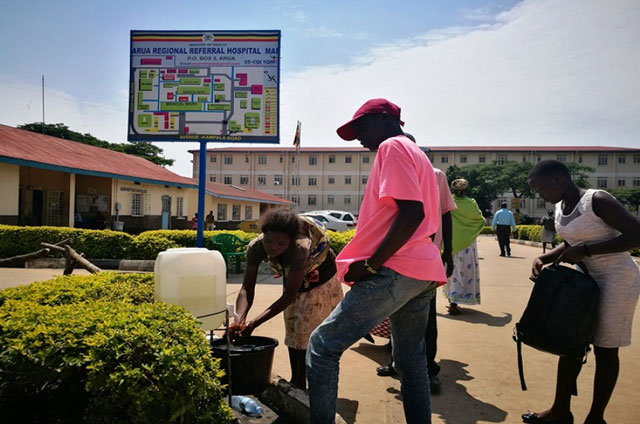Parliament demands Shs678 million to end Arua Hospital’s River Osu pollution, avert health crisis
The funds are earmarked for the urgent rehabilitation of the hospital’s dilapidated sewerage system, a critical move aimed at halting the ongoing contamination of River Osu, the area's primary water source.

Parliament’s Public Accounts Committee (PAC) has issued a stern call to the government, urging the immediate allocation of UGX678 million to Arua Regional Referral Hospital. The funds are earmarked for the urgent rehabilitation of the hospital’s dilapidated sewerage system, a critical move aimed at halting the ongoing contamination of River Osu, the area’s primary water source.
The appeal was made by Gorreth Namugga, Vice Chairperson of PAC, while presenting the Committee’s report on the Auditor General’s findings concerning National Regional Referral Hospitals and other Specialised Health Institutions.
Namugga highlighted the long-standing nature of the problem, stating that the maintenance of the sewerage system has consistently been an “unfunded priority” for the hospital. “The Accounting Officer stated that maintenance of sewage system has been among the hospitals’ unfunded priorities for a while and efforts are being made by hospital management to lobby for funds through Ministry of Finance and other development partners,” she explained.
Despite limited resources, the hospital has initiated a desilting process as it awaits the appropriation of the estimated UGX678 million needed for the full rehabilitation project. Namugga underscored the severe risks associated with the dysfunctional system: “The failure to maintain the sewerage system pollutes the environment, which may cause deadly diseases outbreaks.”
The PAC’s concerns were corroborated by findings from Auditor General Edward Akol, who revealed a damning report by the National Water and Sewerage Corporation (NWSC) on the hospital’s sewerage infrastructure.
The NWSC report detailed significant blockages by solid materials, overflowing sewage lagoons seeping into tributaries of River Onsu, and the presence of non-biodegradable materials such as pads and plastics within the lagoons. NWSC had recommended urgent desilting of sedimentation tanks and the realignment of impermeable layers, but these critical actions remained largely unaddressed.
“During Audit Inspection, it was noted that the system had existed for 11 years but was not well maintained, making it dysfunctional,” the PAC report further elaborated. “There was grass in the lagoons, the manholes on the sewerage lines were open allowing in solid materials into the system and so the system could no longer filter sewage thereby contaminating the environment through smell and overflow of the lagoons into surroundings containing a water stream.”
Following the presentation, Parliament adopted the Committee’s recommendation. The resolution calls on the management of Arua Regional Referral Hospital to continue its efforts in liaising with the Ministry of Health to ensure the sewerage system is rehabilitated and made fully functional, thereby guaranteeing a clean and healthy environment for the hospital and the surrounding community.







